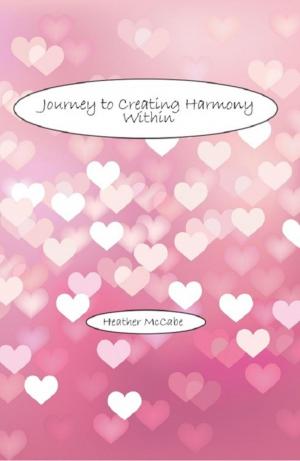How Hot is Your Tea
150+ Empowering Ideas to Heal and Grow from Emotional Abuse
Nonfiction, Health & Well Being, Self Help, Self Improvement, Affirmations, Family & Relationships, Family Relationships, Abuse, Health, Healing| Author: | TeaLeaf Blossoms | ISBN: | 1230001988710 |
| Publisher: | TeaLeaf Blossoms | Publication: | November 3, 2017 |
| Imprint: | Language: | English |
| Author: | TeaLeaf Blossoms |
| ISBN: | 1230001988710 |
| Publisher: | TeaLeaf Blossoms |
| Publication: | November 3, 2017 |
| Imprint: | |
| Language: | English |
Eleanor Roosevelt once said, “A woman is like a tea bag — you never know how strong she is until you put her in hot water.”
From the Preface:
Emotional abuse is one of the most insidious and elusive forms of abuse in domestic relationships that cuts through all colors, genders, sexual orientations, socioeconomic classes. Emotional abuse does not leave a physical mark. When seen through an isolated incident, the abuse can seem trivial and nonsensical. Worse, emotional abuse typically happens one-to-one behind closed doors. So the signs are difficult to spot for the abused and the friends and families of both the abused and the abuser.
When seen through the scope of a timeline, though, patterns of emotional abuse will emerge. Emotional abusers tend to reinforce negative emotions and self-perceptions that already exist within us. The constant repetition of negativity can lead victims to believe in their abusers’ skewed perspectives and to want to modify their behavior to be “worthy” enough for their abusers’ “love.”
This book serves to help spot major indicators of emotional abuse. The reader may see any combination of indicators. The more indicators that check out, the more severe and pervasive the emotional abuse has spread and the more difficult it is for either or both parties to heal due to the entrenched nature of the ongoing abuse.
Eleanor Roosevelt once said, “A woman is like a tea bag — you never know how strong she is until you put her in hot water.”
From the Preface:
Emotional abuse is one of the most insidious and elusive forms of abuse in domestic relationships that cuts through all colors, genders, sexual orientations, socioeconomic classes. Emotional abuse does not leave a physical mark. When seen through an isolated incident, the abuse can seem trivial and nonsensical. Worse, emotional abuse typically happens one-to-one behind closed doors. So the signs are difficult to spot for the abused and the friends and families of both the abused and the abuser.
When seen through the scope of a timeline, though, patterns of emotional abuse will emerge. Emotional abusers tend to reinforce negative emotions and self-perceptions that already exist within us. The constant repetition of negativity can lead victims to believe in their abusers’ skewed perspectives and to want to modify their behavior to be “worthy” enough for their abusers’ “love.”
This book serves to help spot major indicators of emotional abuse. The reader may see any combination of indicators. The more indicators that check out, the more severe and pervasive the emotional abuse has spread and the more difficult it is for either or both parties to heal due to the entrenched nature of the ongoing abuse.















